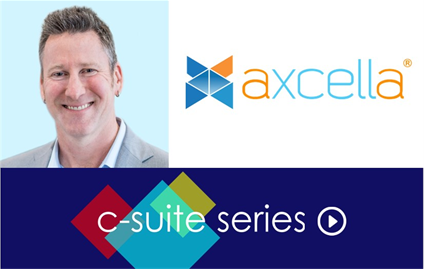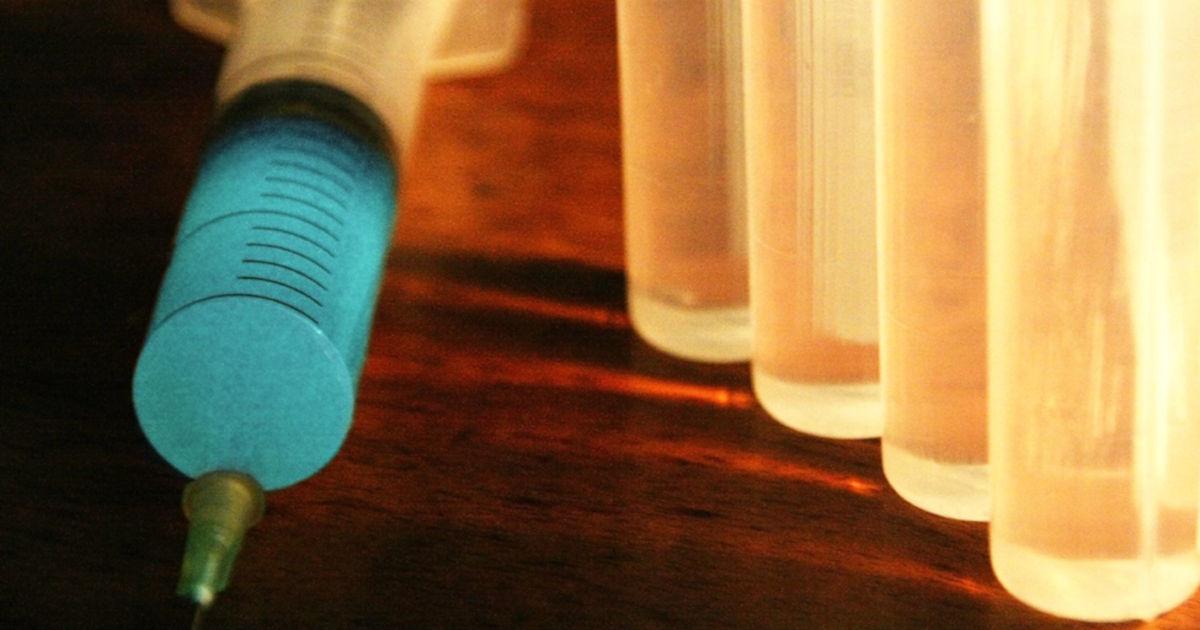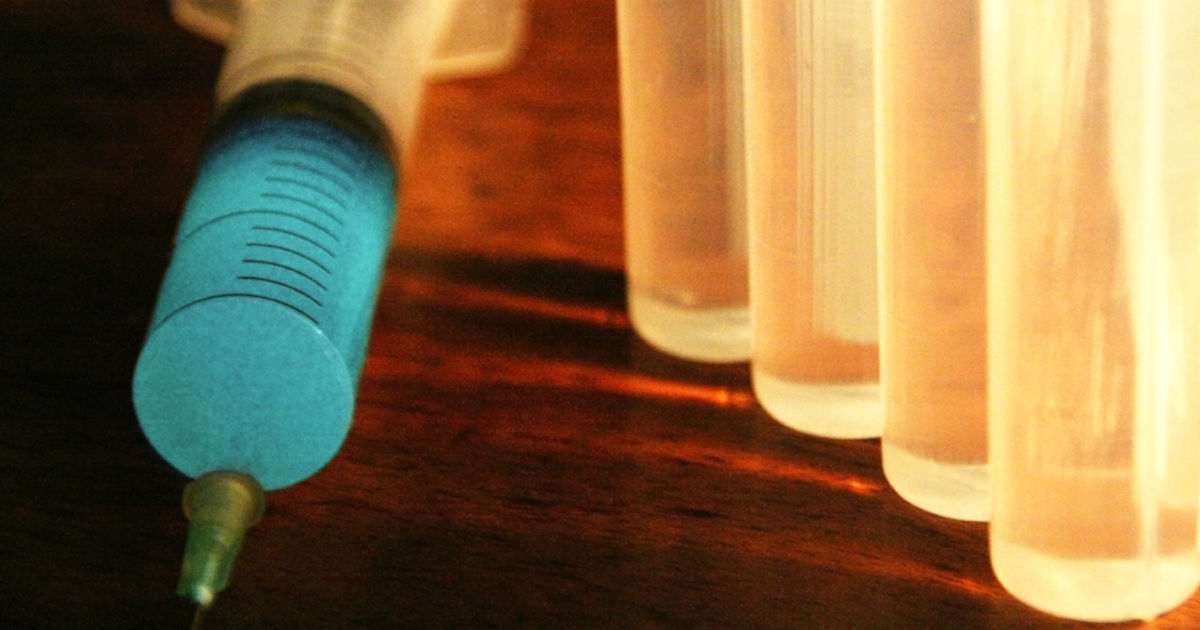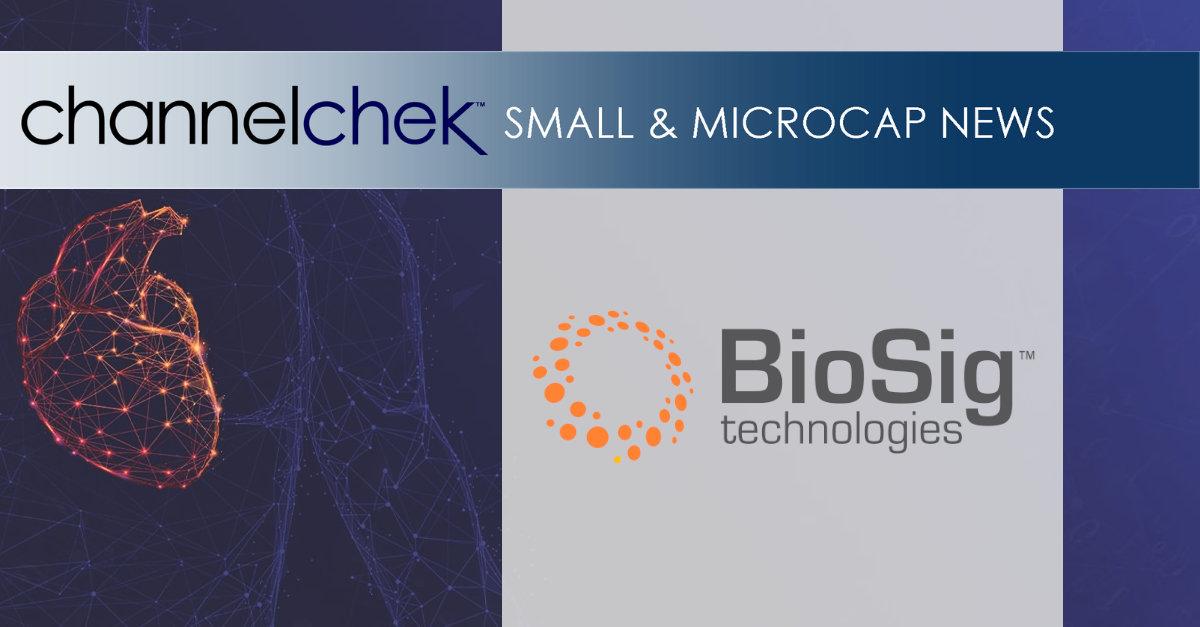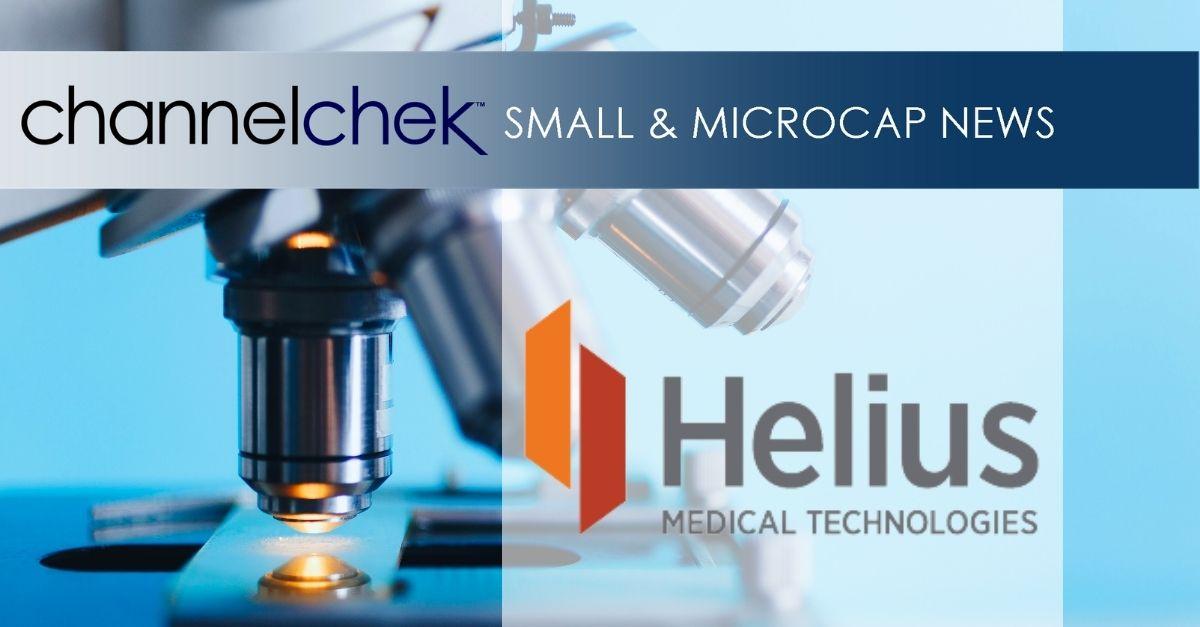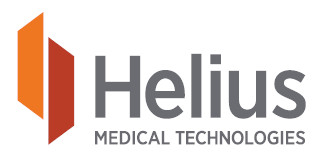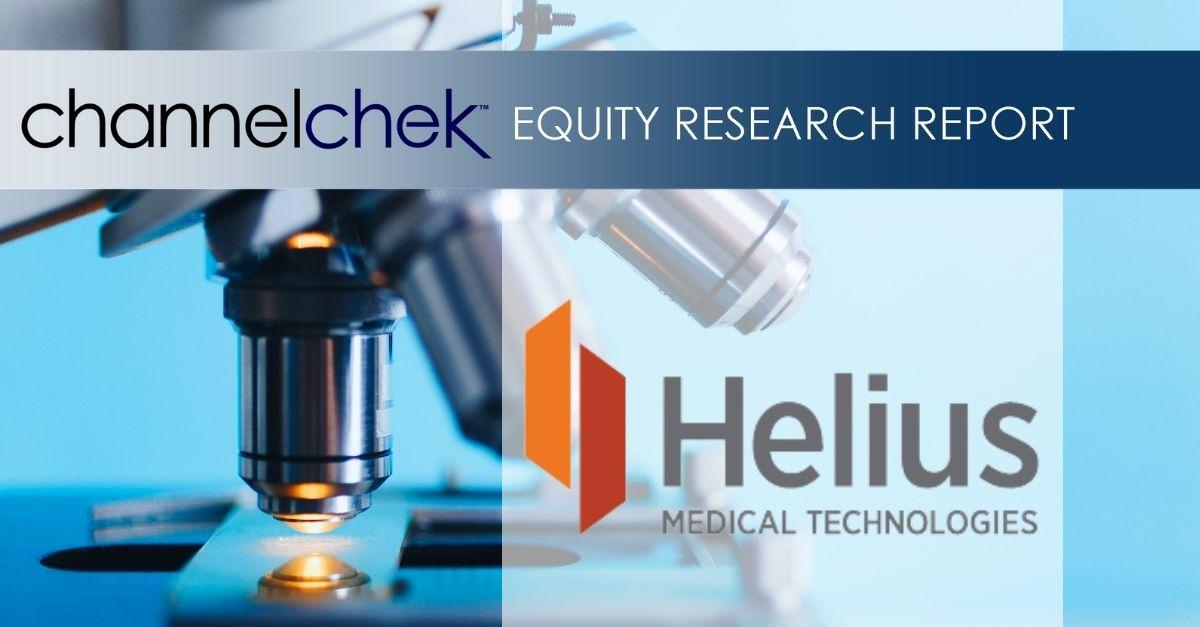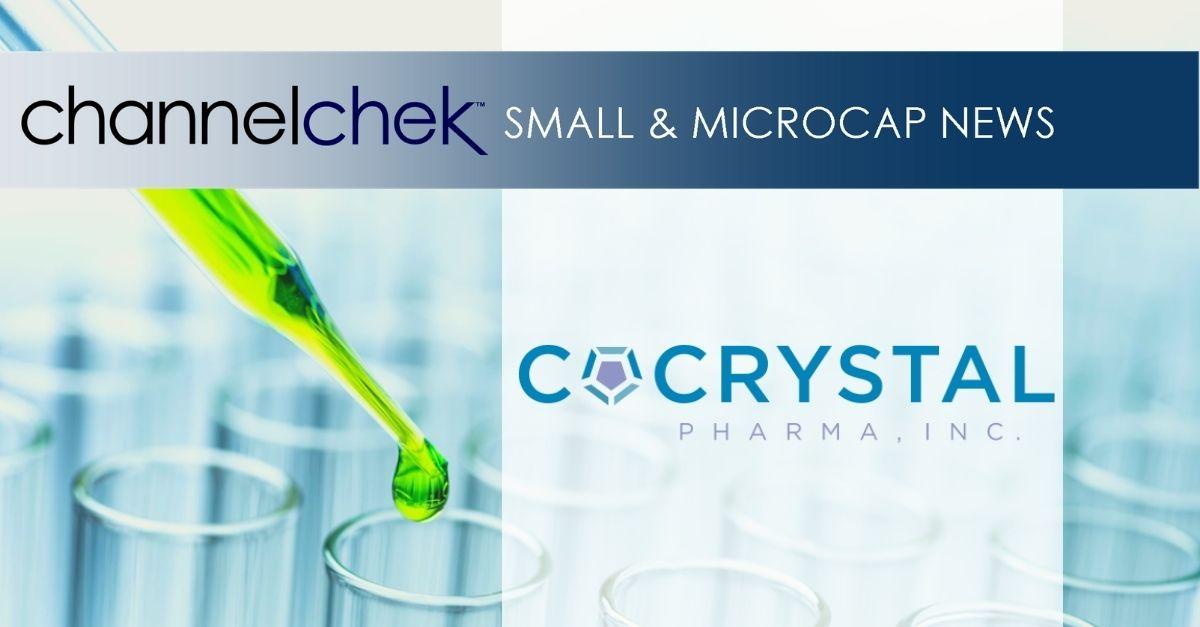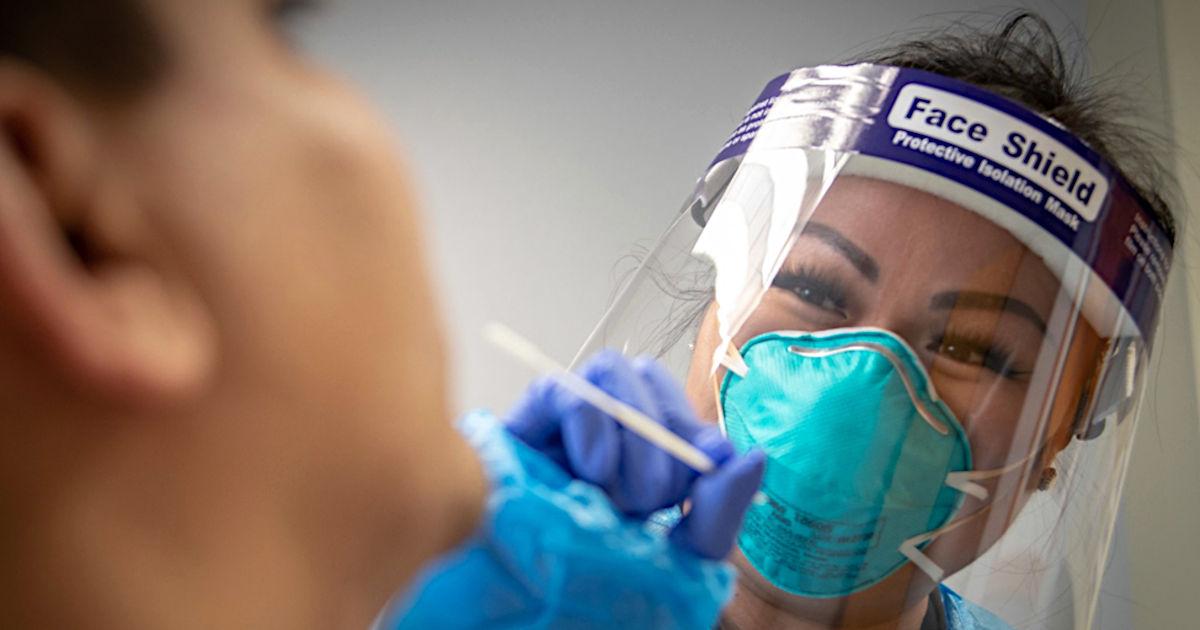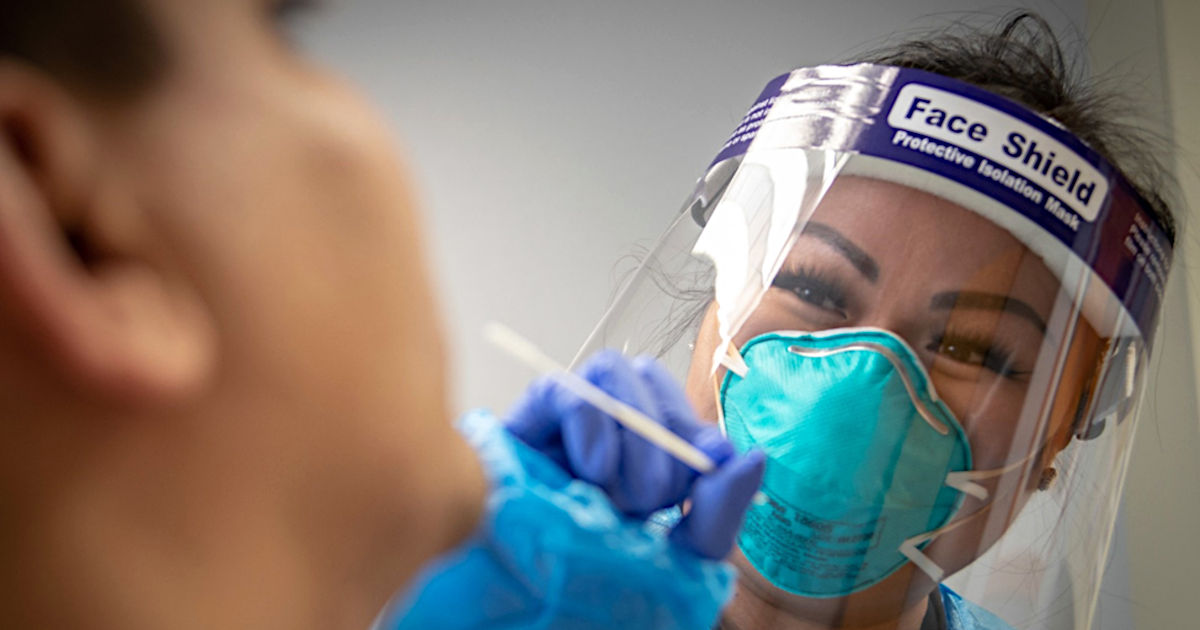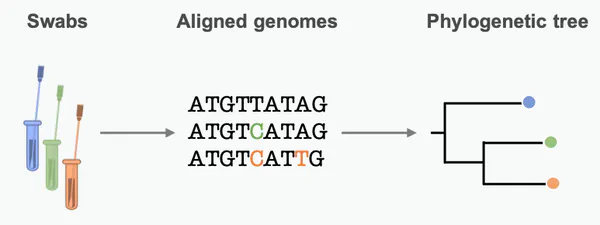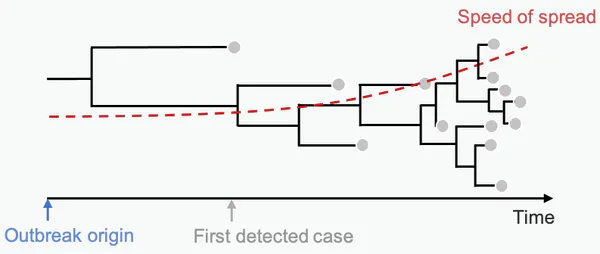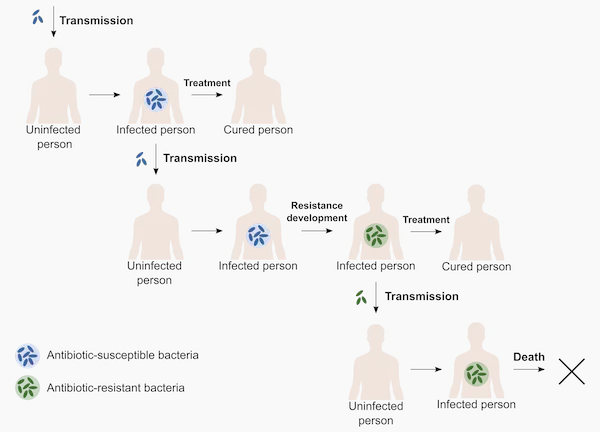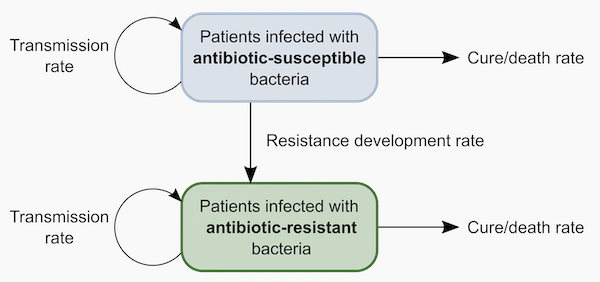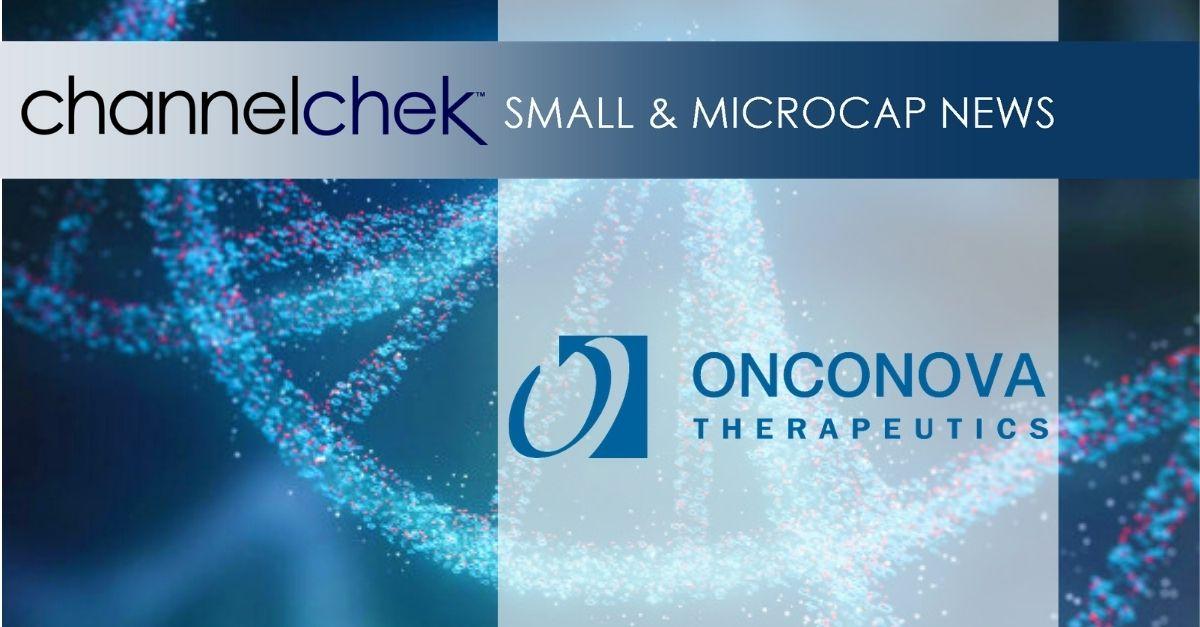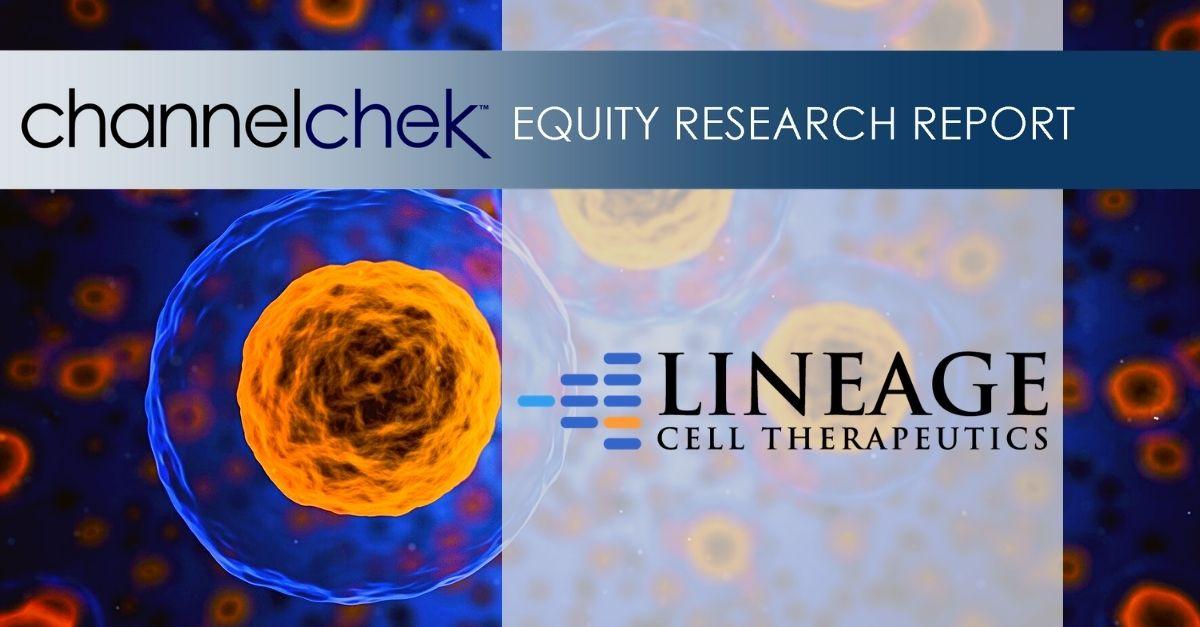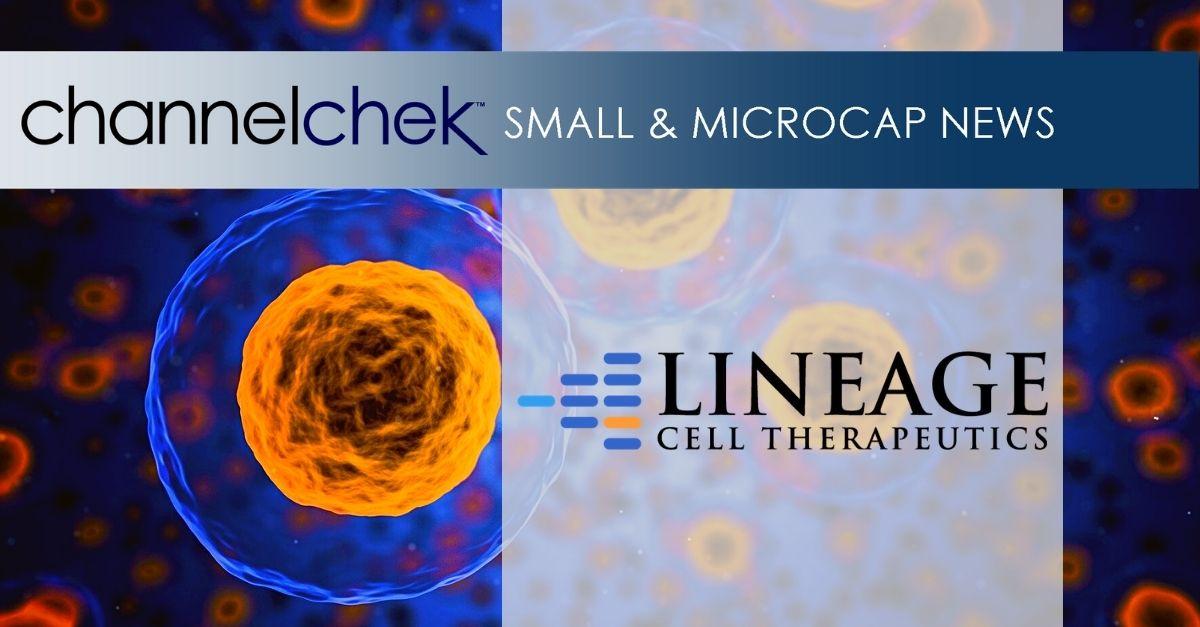
Tuesday, November 30, 2021
Biotechnology
Omicron Variant Highlights Long-Term Vaccination Needs
Robert LeBoyer, Vice President, Research Analyst, Life Sciences, Noble Capital Markets, Inc.
Refer to end of report for Analyst Certification & Disclosures
Refer to the company pages linked in the report below for research reports and company specific disclosures.
Omicron Variant Causes New Concerns. On November 26, the World Health Organization met to discuss a new variant of the virus that causes COVID-19. The variant, now known as Omicron (previously B1.1.359 or the South African variant), has led to travel restrictions and stricter border controls in several counties. Omicron contains over 30 mutational changes in the spike protein targeted by current vaccines, raising concerns over vaccine efficacy. The emergence of new variants is consistent with our expectations for COVID-19 and our view that new vaccines will be needed.
We Believe New Vaccines Will Be Necessary We have expected the current vaccines to bring the pandemic under control, but have questioned the breadth of long-term protection they would provide. Viruses often have genetic variations that cause new strains to emerge over time. We have compared this to the influenza virus, for which a new vaccine is required every year.
COVAXIN Could Be An Strong Option As COVID-19 Vaccination Becomes Routine Ocugen (OCGN) has Phase 3 data for approval of COVAXIN, a vaccine developed with classic killed-virus technology. COVAXIN gives a broad antibody response against multiple epitopes (regions) of the virus, and has data showing protection including variants. Covaxin has a long half-life at refrigerated temperatures and does not need to be frozen. We believe these are some of the technological and practical considerations that could make it a strong option.
Cocrystal Is Developing Two Protease Inhibitors Against The Virus Cocrystal (COCP) is using its proprietary RNA technology to develop a protease inhibitor that could block an enzyme needed for the virus to reproduce. This is an early step in the viral life cycle that would eliminate the virus before it could cause symptoms or be transmitted to others. A formulation for inhaled delivery is expected to begin clinical trials in 2022, followed by an oral formulation later in 2022.
Conclusion: Viruses typically mutate over time and new strains are to be expected. Omicron is the latest of several strains that have been emerging in various regions around the world. We believe vaccination against COVID-19 will become routine practice and require new products. We are reiterating our Outperform ratings on OCGN and COCP, two companies developing vaccines for the coming year and long term use.
COVID-19 Variant Causes New Fears On November 26, the World Health Organization officials met to discuss a new variant of SARS-CoV-2, the virus that causes COVID-19. Concern over this variant, now known as the Omicron variant (previously B.1.1.359 or the South African variant) has led to travel restrictions and stricter border controls in several counties.
The Omicron strain contains over 30 mutational changes in the spike protein that the current vaccines were developed to recognize. This has led to concern that the variant may not recognized by the immune system in vaccinated people, and may cause break-though symptoms and lack of protection. Omicron contains variations that are found in the Alpha and Delta variants, indicating that it may have been a more recent mutation.
We Have Always Expected New Vaccines To Be Needed The current messenger RNA vaccines were first approved under Emergency Use Authorizations. While we always believed they provided sufficient efficacy to end pandemic lockdown and control the pandemic, the durability of the response and efficacy against variants and future outbreaks was unknown.
The current vaccines were developed against a protein on the viral surface, known as the spike protein. Most viral spike proteins are subject to genetic variation and change over time. This is known as “genetic drift” and is one of the reasons that new influenza vaccines are needed every year. Large variations are known as “genetic shift” and have less cross-reactivity and less recognition by the immune system. Variants that result from genetic shift cause more severe symptoms and mortality.
Virologist have long predicted that the pandemic would be controlled, but the virus would remain in circulation throughout the world. New variants could emerge over time, with resistant strains that could avoid the immunity from vaccines. We continue to believe new vaccines are needed for long-term protection, with routine vaccinations/boosters becoming part of standard medical practice.
COVAXIN Would Fit Well With The Shift To Routine Vaccination Programs Ocugen has in-licensed COVAXIN, a vaccine against the SARS-CoV-2 virus made using using classic killed-virus methodology. This is an older technology that has been used to produce many anti-viral vaccines over the past decades. Covaxin produces a immune response against multiple regions of the entire virus, in contrast to the more specific spike protein in the current vaccines. The COVAXIN immune response includes recognition of regions that are highly conserved and not subject to genetic variation over time. The Phase 3 trial was conducted in India at a time when the Delta virus was circulating, and has shown efficacy against it and other variants.
In addition to its efficacy and differentiated immune response, COVAXIN only requires refrigerated storage. It has a long shelf life that makes it suitable for distribution to doctor’s offices and clinical settings that do not have capacity for vaccines that must be kept frozen. This fits with current medical practice and is less expensive to distribute than a frozen product.
Ocugen has been in discussions with the FDA for US approval and submitted an application for approval in Canada. Marketing approval will require a bridging study to show that the immune response in patients vaccinated in US today is the same as the response seen in the Phase 3 trial population. No endpoints to confirm efficacy or safety are needed.
An IND was submitted to begin the bridging study in October. An IND typically becomes effective in 30 days, however, Ocugen received notification of a “Clinical Hold” in November. This will delay the start of the trial. No reasons were given, and the company is awaiting comments from the FDA. We had allowed long timeframes for approval, so this delay to the start of the trial does not affect our valuation.
Cocrystal Is Developing Two Protease Inhibitors Against the Virus Cocrystal is using its proprietary RNA technology to develop two protease inhibitors that could block an enzyme needed for the virus to reproduce inside an infected cell. These drugs act on an early step in the viral life cycle. This would eliminate or reduce the quantity of virus in the patient, preventing symptoms and transmission to the surrounding environment. Drugs based on protease inhibition have been successful in HIV, hepatitis, and other viral diseases.
The first product, CDI-45205, is a protease inhibitor that uses intranasal/pulmonary delivery that is expected to begin Phase 1/2 studies in 2022. An orally administered version is expected to begin later in 2022.
Cocrystal Will Present Data At The WAC COVID-19 Conference. Cocrystal’s President and Co-CEO, Dr. Sam Lee, has been invited to present data from the COVID-19 program at the World Antiviral Conference. This scientific meeting will feature the foremost experts in research, clinical practice, government regulation and policy. The conference will held in San Diego on November 30 to December 2, with Dr. Lee’s presentation scheduled for December 1 at 11:55 PST.
Conclusion: The emergence of new strains of SARS-CoV-2 is consistent with expectations from virologists and characteristic of viruses in the SARS family. The full genetic sequence of the Omicron variant is expected to take several weeks to determine. Further information about the variant’s transmission, resilience to the immune system, and severity of infection may become available at that time. We believe this new variant is consistent with the need for new vaccines for COVID-19, and reiterate our Outperform ratings on OCGN and COCP.
GENERAL DISCLAIMERS
All statements or opinions contained herein that include the words “we”, “us”, or “our” are solely the responsibility of Noble Capital Markets, Inc.(“Noble”) and do not necessarily reflect statements or opinions expressed by any person or party affiliated with the company mentioned in this report. Any opinions expressed herein are subject to change without notice. All information provided herein is based on public and non-public information believed to be accurate and reliable, but is not necessarily complete and cannot be guaranteed. No judgment is hereby expressed or should be implied as to the suitability of any security described herein for any specific investor or any specific investment portfolio. The decision to undertake any investment regarding the security mentioned herein should be made by each reader of this publication based on its own appraisal of the implications and risks of such decision.
This publication is intended for information purposes only and shall not constitute an offer to buy/sell or the solicitation of an offer to buy/sell any security mentioned in this report, nor shall there be any sale of the security herein in any state or domicile in which said offer, solicitation or sale would be unlawful prior to registration or qualification under the securities laws of any such state or domicile. This publication and all information, comments, statements or opinions contained or expressed herein are applicable only as of the date of this publication and subject to change without prior notice. Past performance is not indicative of future results.
Noble accepts no liability for loss arising from the use of the material in this report, except that this exclusion of liability does not apply to the extent that such liability arises under specific statutes or regulations applicable to Noble. This report is not to be relied upon as a substitute for the exercising of independent judgement. Noble may have published, and may in the future publish, other research reports that are inconsistent with, and reach different conclusions from, the information provided in this report. Noble is under no obligation to bring to the attention of any recipient of this report, any past or future reports. Investors should only consider this report as single factor in making an investment decision.
IMPORTANT DISCLOSURES
This publication is confidential for the information of the addressee only and may not be reproduced in whole or in part, copies circulated, or discussed to another party, without the written consent of Noble Capital Markets, Inc. (“Noble”). Noble seeks to update its research as appropriate, but may be unable to do so based upon various regulatory constraints. Research reports are not published at regular intervals; publication times and dates are based upon the analyst’s judgement. Noble professionals including traders, salespeople and investment bankers may provide written or oral market commentary, or discuss trading strategies to Noble clients and the Noble proprietary trading desk that reflect opinions that are contrary to the opinions expressed in this research report.
The majority of companies that Noble follows are emerging growth companies. Securities in these companies involve a higher degree of risk and more volatility than the securities of more established companies. The securities discussed in Noble research reports may not be suitable for some investors and as such, investors must take extra care and make their own determination of the appropriateness of an investment based upon risk tolerance, investment objectives and financial status.
Company Specific Disclosures
The following disclosures relate to relationships between Noble and the company (the “Company”) covered by the Noble Research Division and referred to in this research report.
Noble is not a market maker in any of the companies mentioned in this report. Noble intends to seek compensation for investment banking services and non-investment banking services (securities and non-securities related) with any or all of the companies mentioned in this report within the next 3 months.
Noble is not a market maker in any of the companies mentioned in this report. Noble intends to seek compensation for investment banking services and noninvestment banking services (securities and non-securities related) with any or all of the companies mentioned in this report within the next 3 months.
Ocugen (OCGN)
The Company in this report is a participant in the Company Sponsored Research Program (“CSRP”); Noble receives compensation from the Company for such participation. No part of the CSRP compensation was, is, or will be directly or indirectly related to any specific recommendations or views expressed by the analyst in this research report.
The Company has attended Noble investor conference(s) in the last 12 months.
Noble intends to seek compensation for investment banking services and non-investment banking services (securities and non-securities related) within the next 3 months.
Cocrystal Pharma (OCGN)
The Company in this report is a participant in the Company Sponsored Research Program (“CSRP”); Noble receives compensation from the Company for such participation. No part of the CSRP compensation was, is, or will be directly or indirectly related to any specific recommendations or views expressed by the analyst in this research report.
The Company has attended Noble investor conference(s) in the last 12 months.
Noble intends to seek compensation for investment banking services and non-investment banking services (securities and non-securities related) within the next 3 months.
ANALYST CREDENTIALS, PROFESSIONAL DESIGNATIONS, AND EXPERIENCE
Senior Equity Research Analyst focusing on the Biotechnology and Specialty Pharmaceuticals industry. 16 years of industry experience. BA in Economics from Tulane University and an MBA from Columbia Business School. FINRA licenses 7, 24, 63, 86, 87
WARNING
This report is intended to provide general securities advice, and does not purport to make any recommendation that any securities transaction is appropriate for any recipient particular investment objectives, financial situation or particular needs. Prior to making any investment decision, recipients should assess, or seek advice from their advisors, on whether any relevant part of this report is appropriate to their individual circumstances. If a recipient was referred to Noble Capital Markets, Inc. by an investment advisor, that advisor may receive a benefit in respect of transactions effected on the recipients behalf, details of which will be available on request in regard to a transaction that involves a personalized securities recommendation. Additional risks associated with the security mentioned in this report that might impede achievement of the target can be found in its initial report issued by Noble Capital Markets, Inc.. This report may not be reproduced, distributed or published for any purpose unless authorized by Noble Capital Markets, Inc.
RESEARCH ANALYST CERTIFICATION
Independence Of View
All views expressed in this report accurately reflect my personal views about the subject securities or issuers.
Receipt of Compensation
No part of my compensation was, is, or will be directly or indirectly related to any specific recommendations or views expressed in the public appearance and/or research report.
Ownership and Material Conflicts of Interest
I or someone in my household has a financial interest in the securities of the subject company or other companies mentioned in this report. This interest has been documented and made known to the Research Supervisor and Compliance.
| NOBLE RATINGS DEFINITIONS |
% OF SECURITIES COVERED |
% IB CLIENTS |
| Outperform: potential return is >15% above the current price |
94% |
33% |
| Market Perform: potential return is -15% to 15% of the current price |
6% |
2% |
| Underperform: potential return is >15% below the current price |
0% |
0% |
NOTE: On August 20, 2018, Noble Capital Markets, Inc. changed the terminology of its ratings (as shown above) from “Buy” to “Outperform”, from “Hold” to “Market Perform” and from “Sell” to “Underperform.” The percentage relationships, as compared to current price (definitions), have remained the same.
Additional information is available upon request. Any recipient of this report that wishes further information regarding the subject company or the disclosure information mentioned herein, should contact Noble Capital Markets, Inc. by mail or phone.
Noble Capital Markets, Inc.
150 East Palmetto Park Rd., Suite 110
Boca Raton, FL 33432
561-994-1191
Noble Life Science Partners is a division of Noble Capital Markets, Inc.
Noble Capital Markets, Inc. is a FINRA (Financial Industry Regulatory Authority) registered broker/dealer.
Noble Capital Markets, Inc. is an MSRB (Municipal Securities Rulemaking Board) registered broker/dealer.
Member – SIPC (Securities Investor Protection Corporation)
Report ID: 24294

